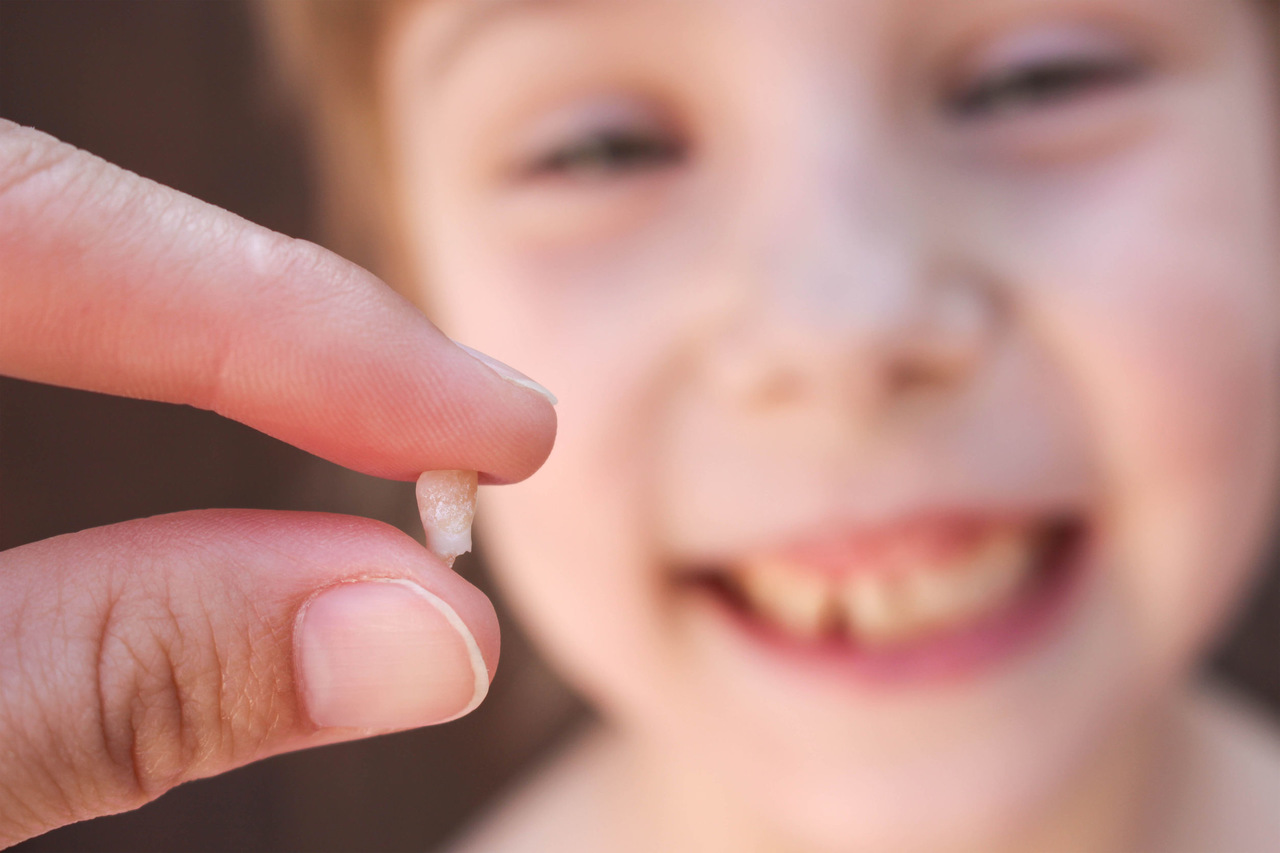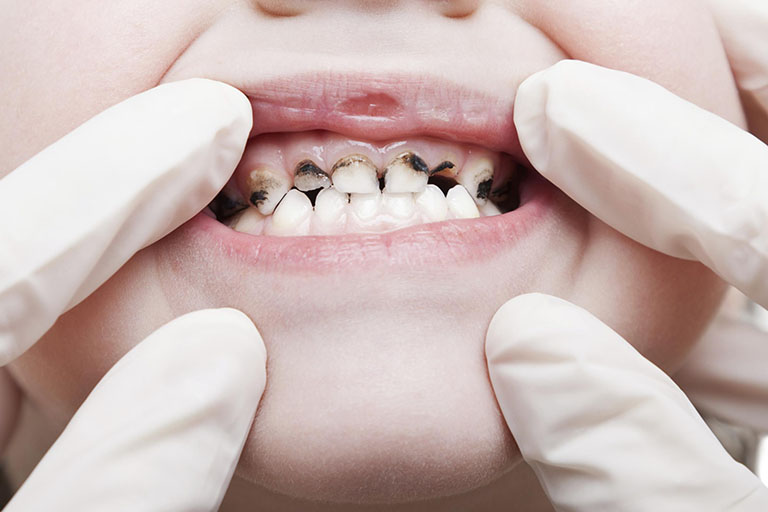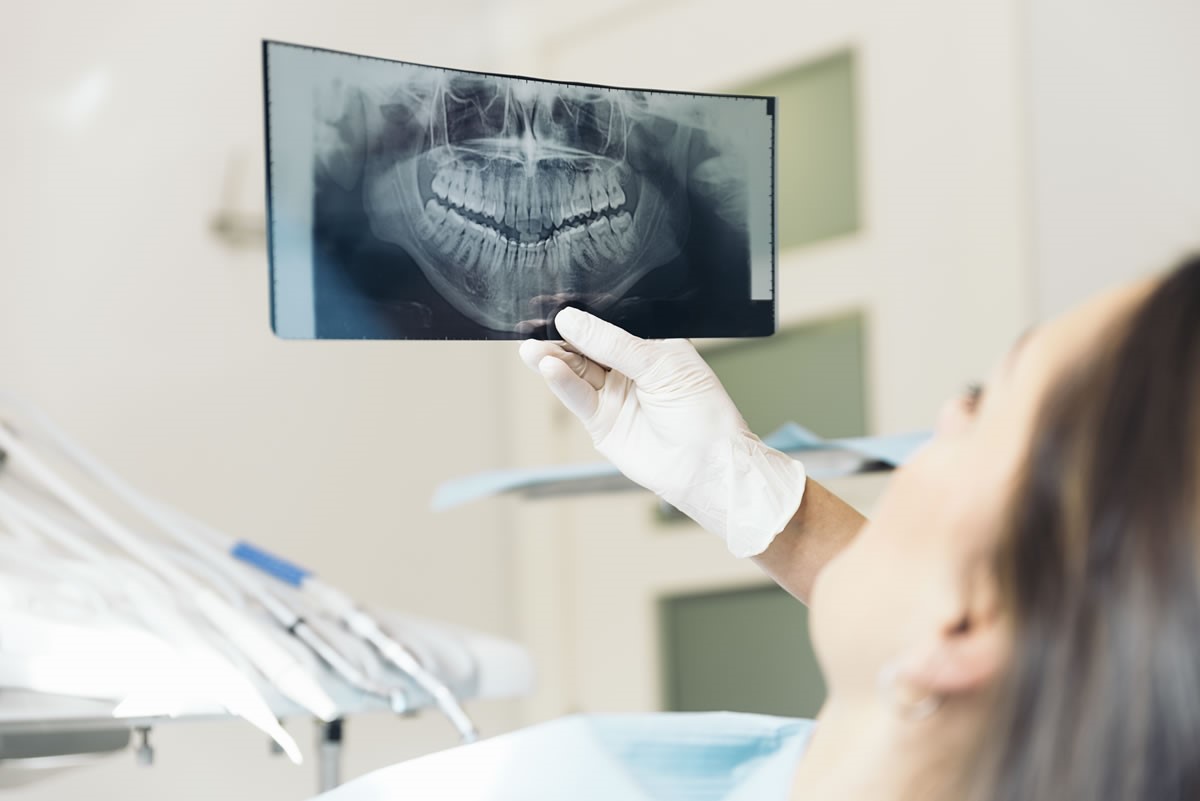Braces for children is a common orthodontic method that corrects dental issues such as misaligned teeth, overbite, underbite, and spacing. Dental experts recommend early orthodontic treatment in children to achieve better results compared to adults. So, what is the ideal age for children to get braces? Which orthodontic method is suitable for kids? Let’s explore the details with Amanda Dental Clinic!
Should Children Get Braces?
Early detection and intervention for dental issues in children is very important. Below are some dental problems that parents should watch for and take their child to a dentist for evaluation and braces if necessary:
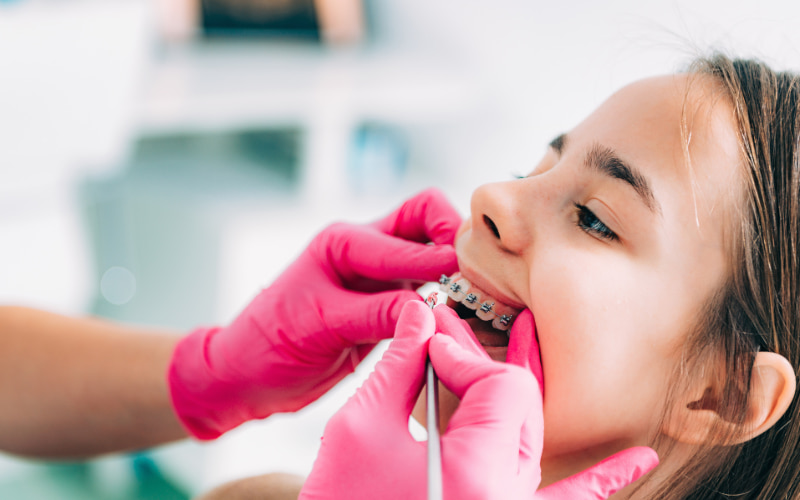
Improve the Child’s Future Quality of Life
Confidence is a key factor in a child’s holistic development. Crooked, protruding, or misaligned teeth not only distort facial features and reduce the charm of a smile but also affect psychological development. Braces help children feel more confident about their appearance, making them more willing to participate in social activities, studies, and skill development.
Moreover, crowded and misaligned teeth are harder to clean, providing a favorable environment for bacteria to grow, which leads to tooth decay, gum inflammation, and periodontal disease. Braces help align the teeth, making oral hygiene easier and reducing the risk of such diseases. Proper bite alignment also allows for better chewing, enhancing nutrient absorption for healthy growth.
Braces Are More Effective in Children
In children, the jawbone and teeth are still developing, which makes tooth movement easier and quicker. This allows dentists to adjust and reshape the jaw structure effectively, achieving optimal results. In contrast, as a person ages, the jawbone becomes denser and dental problems more severe, making orthodontic treatment more complex, time-consuming, and costly.
Prevents Oral Health Problems
Early orthodontic treatment helps correct misaligned teeth and prevent facial aesthetic and bite issues. Braces also help straighten the teeth, facilitating brushing and flossing, thus lowering the risk of cavities and gum disease.
Less Pain and Discomfort for Children
Since children’s jawbones are still soft, orthodontic treatment is generally less painful and uncomfortable. Early treatment also helps children get used to regular dental checkups, reducing fear and anxiety during future dental visits.
What Is the Ideal Age for Children to Get Braces?
As early as age 6–7, parents should take their children to the dental clinic for monitoring tooth development and evaluating oral health. If any dental or bite issues are found, the dentist may recommend early intervention with a suitable orthodontic method.

The most ideal age for children to get braces is typically between 12 and 16 years old, or within 2 years after the onset of puberty. At this stage, the child’s body is still developing, the jawbone hasn’t fully solidified, and the permanent teeth aren’t completely stabilized, creating optimal conditions for orthodontic correction.
During this phase, braces tend to work more efficiently than in adults. Tooth movement is faster, reducing treatment time and increasing the chances of achieving the desired outcome. Furthermore, early braces for children often avoid the need for tooth extractions, resulting in a gentler and simpler treatment process. In some cases, long-term retainers may not be necessary afterward.
Should Children Get Braces As Early As Possible?
It’s true that early braces provide many benefits, but timing is key.
If orthodontic treatment starts before the jawbone has fully developed, the jaw may be too small to accommodate the permanent teeth. This can lead to crowding, misalignment, or even impacted teeth.
Additionally, if a child hasn’t finished losing their baby teeth, the treatment duration may be extended. The orthodontist must wait until permanent teeth fully erupt before accurately shifting teeth into place.
Because each child develops differently, the ideal timing for braces also varies. Some children may develop a mature jaw structure by age 12, while others may not until age 15. Therefore, a dentist must conduct a detailed assessment of each child’s development to determine the most appropriate time for braces.
Current Orthodontic Methods for Children
There are various orthodontic methods for children today, each with its own advantages and limitations. Below are some common techniques:
Metal Braces
Metal braces are a popular orthodontic method that uses brackets affixed directly to the teeth along with archwires to move the teeth into proper alignment. This method is effective for correcting crooked, crowded, protruding, or gapped teeth.
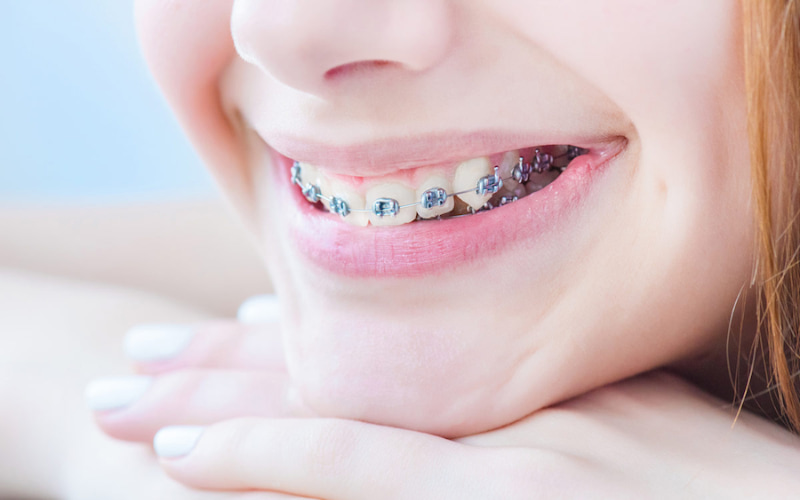
Parents can choose from several types of braces: traditional metal, aesthetic ceramic braces, self-ligating (self-locking) metal braces, and lingual braces (attached behind the teeth).
This method is generally recommended for children aged 12 and up, when most of the permanent teeth have already erupted. The dentist will attach fixed brackets to the teeth, and the applied force gradually moves the teeth into the desired position.
While metal braces are highly effective, one significant downside is the inconvenience caused by the fixed hardware. Children may face difficulties eating and maintaining oral hygiene during treatment.
Clear Aligners
Clear aligners, such as Invisalign, are a modern orthodontic method that uses transparent trays custom-designed for each patient to gradually shift teeth into place.
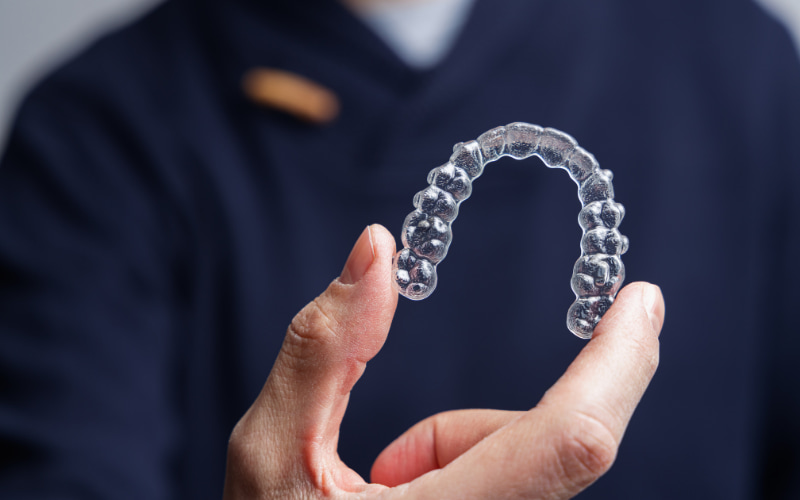
This highly aesthetic method allows children to remove the trays when eating or brushing, significantly reducing pain and discomfort during treatment.
Although praised for comfort and effectiveness, clear aligners tend to be much more expensive than traditional metal braces.
They are suitable for children and teens between the ages of 12 and 21, particularly effective for mild to moderate cases of misalignment, overbite, or underbite.
Silicone or Trainer Braces
Silicone braces, also known as dental trainers, are designed for children aged 7 to 12 who are transitioning from baby teeth to permanent teeth. These trainers help guide the teeth into correct alignment during eruption, reducing the risk of misalignment.
Trainer braces are typically made of plastic or silicone and are customized to fit the child’s jaw, ensuring comfort and minimizing pain. With their removable design, children can eat and clean their teeth more easily, reducing the risk of cavities and other oral issues.
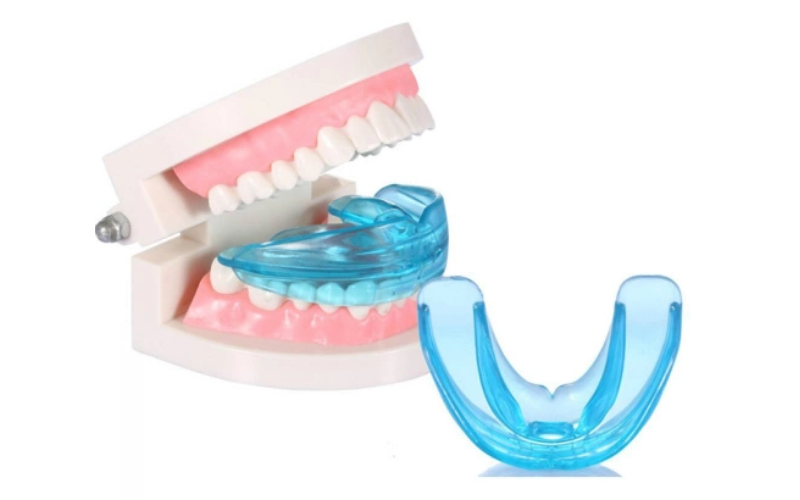
Standard Orthodontic Procedure for Children
Braces treatment for children typically takes less time than for adults, ranging from 6 to 12 months depending on the severity of the misalignment.
Currently, parents can choose between two main orthodontic techniques for children: traditional braces and clear aligners. Traditional braces are widely used due to their effectiveness and reasonable cost, although they may be less aesthetic. On the other hand, clear aligners offer excellent aesthetics but are usually more expensive.
The orthodontic procedure for children, whether using braces or aligners, generally includes the following steps:
- Step 1: General dental examination and X-rays to assess the child’s oral health and dental structure.
- Step 2: Take dental impressions to create a personalized treatment plan and design the orthodontic appliance.
- Step 3: Apply the orthodontic appliance and begin moving the teeth according to the plan.
- Step 4: Attend follow-up visits to adjust the archwire tension, guiding the teeth to move correctly and efficiently.
- Step 5: Remove the braces once the teeth have reached the desired position. After treatment, children still need to have regular dental check-ups every 6 months to monitor tooth stability.
How Much Do Braces for Children Cost? Are They Expensive?
In reality, it’s difficult to determine the exact cost of braces for children. The price depends on various factors, such as the technique used, the type of braces, and the dental clinic. Currently, the cost of children’s braces typically ranges from 15 to 50 million VND, depending on the clinic.
Below is the detailed pricing table for children’s braces at Amanda Dental Clinic:
| GENERAL EXAMINATION AND CONSULTATION ORTHODONTICS, AESTHETICS, IMPLANT | FREE |
| Orthodontic consultation and treatment planning without X-ray | 1,000,000 |
| Orthodontic consultation with X-ray and treatment planning | 2,000,000 |
| Invisalign consultation with scan and treatment planning | 3,000,000 |
| AESTHETIC ORTHODONTICS | ||
| Orthodontic deposit | 02 Arches | 5,000,000 |
| Aesthetic orthodontics | 01 Arch | 10,000,000 |
| Early orthodontics | 02 Arches | 12,000,000 |
| Orthodontics with removable appliances | 02 Arches | 15,000,000 |
| Fixed metal brackets (easy level) | 02 Arches | 28,000,000 |
| Fixed metal brackets (medium level) | 02 Arches | 38,000,000 |
| Fixed metal brackets (difficult level) | 02 Arches | 48,000,000 |
| Self-ligating metal brackets | 02 Arches | 45,000,000 |
| Fixed ceramic/crystal brackets (easy level) | 02 Arches | 35,000,000 |
| Fixed ceramic/crystal brackets (medium level) | 02 Arches | 45,000,000 |
| Fixed ceramic/crystal brackets (difficult level) | 02 Arches | 55,000,000 |
| Self-ligating ceramic brackets (both arches) | 02 Arches | 60,000,000 |
| Aesthetic Invisalign orthodontics | 02 Arches | 60,000,000 |
| Invisalign orthodontics | 02 Arches | 100,000,000 |
| Re-attach bracket | 01 Bracket | 300,000 |
| Loose bracket after 3 times | 01 Bracket | 450,000 |
Why Choose Amanda Dental Clinic for Children’s Braces?
Amanda Dental Clinic is one of the most reputable dental clinics in Vietnam, trusted by many parents for their children’s orthodontic care. Here are a few reasons to choose Amanda for your child’s braces:

- Highly qualified doctors:
- Amanda Dental Clinic has a team of experienced orthodontists trained specifically in children’s braces.
- They are up-to-date with the latest orthodontic techniques to ensure optimal treatment outcomes.
- Modern equipment:
- The clinic is equipped with advanced machinery and diagnostic tools that support accurate and effective treatment.
- State-of-the-art equipment helps shorten treatment time and increases comfort for children.
- Diverse orthodontic options:
- Amanda offers various treatment methods tailored to each child’s needs and dental condition.
- Available methods include metal braces, ceramic braces, and Invisalign clear aligners.
- Thoughtful customer care:
- The clinic prioritizes patient care, especially for children.
- The friendly, enthusiastic staff help children feel safe and comfortable throughout the process.
- Reasonable pricing:
- Amanda Dental Clinic has transparent and affordable pricing policies for a wide range of families.
Important Notes When Bracing Children’s Teeth
Braces treatment in children requires patience and special care. Below are key points that parents need to keep in mind during the orthodontic process:
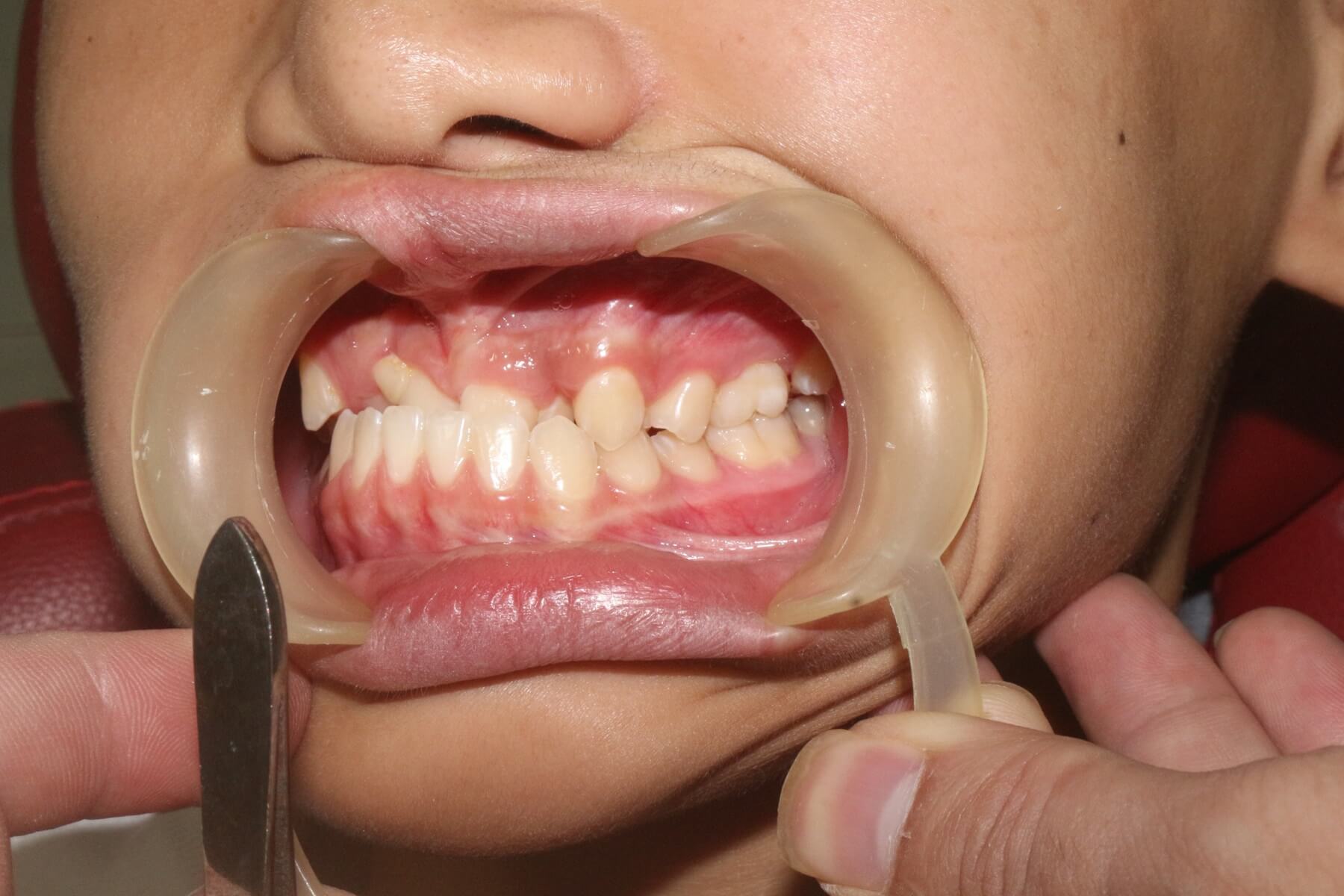
Help your child get familiar with the dentist: For smooth cooperation during treatment, parents should mentally prepare the child by letting them meet and build a friendly relationship with the orthodontist. Help your child understand that the dentist is here to improve their health.
Explain the importance of getting braces: Parents should communicate openly and honestly with their child about the reasons for getting braces, pointing out current dental issues and the benefits of orthodontic treatment. If your child feels self-conscious about wearing braces, be patient, encourage them, and help build their confidence. If the child is not ready, it may be best to delay treatment until they understand the value of braces.
Prepare your child for a braces-friendly diet: Plan a menu with soft, easy-to-chew foods and let your child try them a few weeks before getting braces to ensure suitability. The meals should still meet nutritional needs for growth while avoiding hard, sticky, spicy, or salty foods to protect the teeth and digestive system.
Monitor your child’s speech: Orthodontic appliances may affect speech, especially when learning a new language or during language-related studies. Parents should discuss this with the dentist to choose appliances that have minimal impact on pronunciation.
How to Care for Teeth After Braces in Children
During braces treatment, children may face eating difficulties due to extractions, tooth movement causing soreness, or discomfort from brackets rubbing inside the mouth. Therefore, thorough oral care during this stage is crucial.
- Maintain regular oral hygiene as instructed by the dentist, removing food trapped in brackets to prevent bad breath.
- Parents should choose and prepare soft, easy-to-chew foods to reduce stress on the teeth.
- Ensure sufficient intake of vitamins and minerals to support gum and tooth recovery.
- Limit foods with extreme temperatures, such as ice cream or iced drinks.
- Do not let the child skip meals or lack nutrients, as it can lead to fatigue, discomfort, and weaker teeth. Weak teeth may require reduced force, slowing down tooth movement and prolonging the braces process.
To achieve the best results and reduce treatment time, parents should take their child for a dental check-up every 6 months. This helps detect early issues in teeth, gums, or jawbones, enabling timely intervention to ensure healthy and aesthetic permanent teeth development.
Do Braces Hurt in Children?
Today, braces are much less painful for children than in the past. Modern orthodontic techniques—especially archwires made from nickel-titanium alloys—apply gentler force, reducing discomfort compared to traditional metal wires.
Despite advancements, some discomfort is still possible. Most children experience mild soreness for 1–2 days after each adjustment. Over-the-counter pain relievers like ibuprofen are usually effective. Orthodontists may also provide orthodontic wax to reduce gum or cheek irritation caused by brackets and promote faster healing.
Braces for children is not just a dental treatment, but an investment in your child’s health and future. Early and timely intervention helps children achieve straight teeth, a confident smile, and good long-term oral health. When considering braces for your child, parents should visit a trusted medical facility for a professional exam and customized orthodontic plan.
Note: The above information is for reference and informational purposes only and should not replace professional medical diagnosis or treatment.




